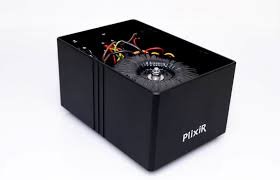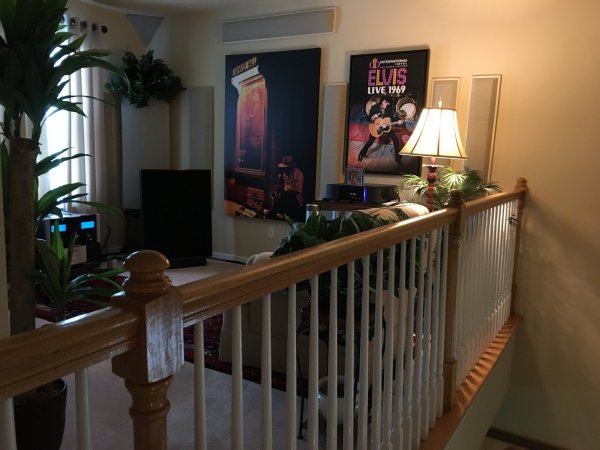I was asked to elaborate - words alone are inadequate, and audio clichés will be used, but let me give it a go. The benefits manifest themselves in, dare I say, all aspects of musical reproduction through the profound subtraction of noise, its omnipresence previously permeating into every aspect of music as a grey pall where there should have been carbon black, plus a realignment of previously blurred phase and temporal interrelationships. For me, instrument specificity and size translate best to the illusion of reality, so let me use related analogies. What is particularly evident in my system is the increased liquidity, purity, and spatial solidity of the structure of the harmonic overtones, rendering a cleaner relief of attack and decay in transient edges to build a more visually realistic depiction and location, to pretty much any spot within the very broad, wide, and deep soundstage, perceptually ~15’ wide, ~10’ tall, and ~20-30’ deep. This phenomena extends from airy and crisp high frequency harmonics, down through the midrange fundamentals, and into the deepest bass notes which are now more visceral as well as speedier. Given the more precise localization through the entire spectrum, the “unoccupied” space between instruments have also doubled/tripled. Using another visual analogy, the chromatic scale has also become purer, with a reduction in aberration which previously subtracted from the fidelity of composite colors, both statically when seen as a snapshot, as well as dynamically when the music was ebbing, flowIng, and swirling. Electrons, the basic building blocks of signals and reproduced sound, are now far more pure, transparent, saturated, and effortlessly dynamic, producing music that is far more emotionally accessible, believable, with greater delicacy and finesse, but at the same time electrifying in its authenticity. I did a ton of homework to understand both the art and science of BITs, and it paid off in a hugely disproportionate and happy way, unexpected in its sheer magnitude.



